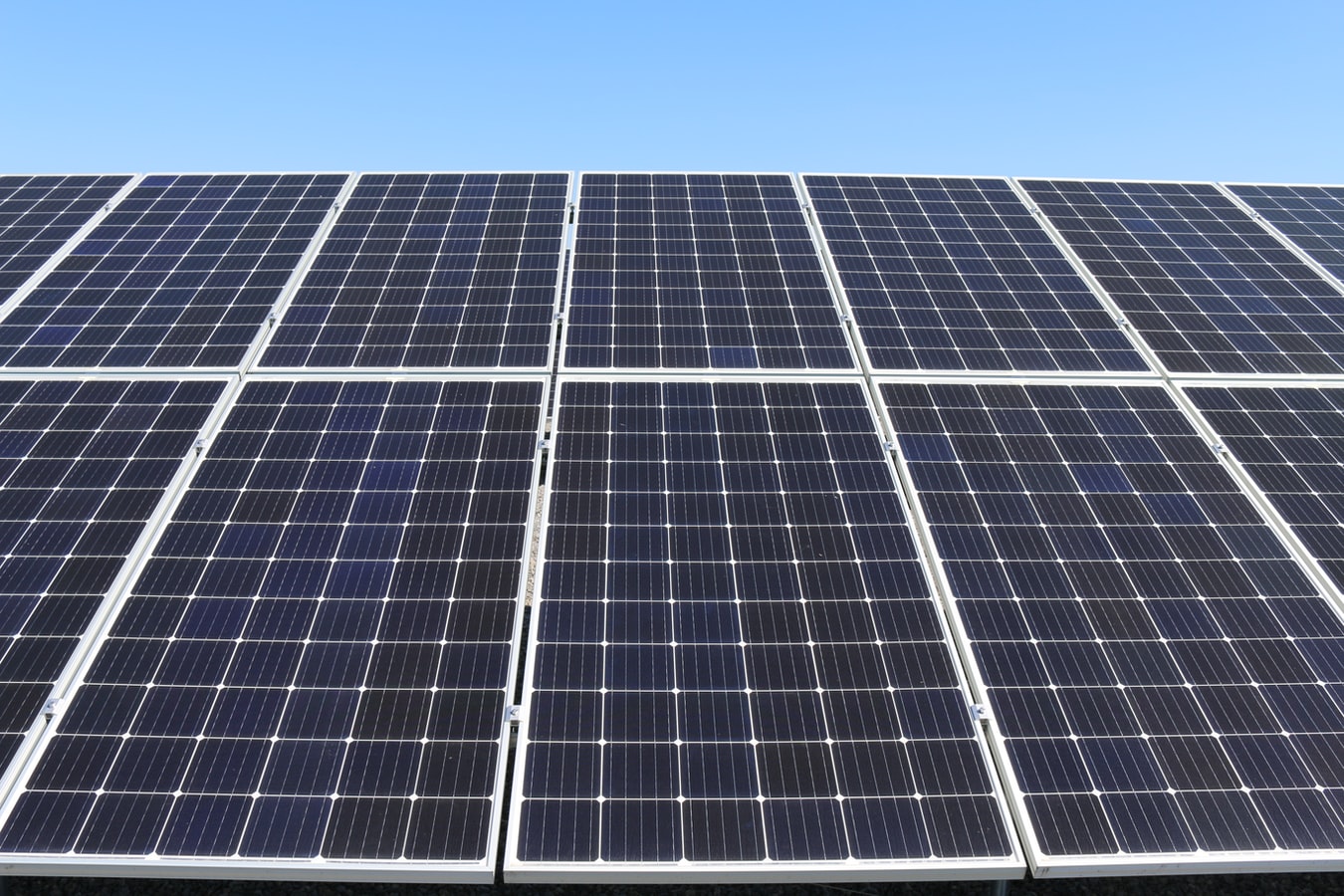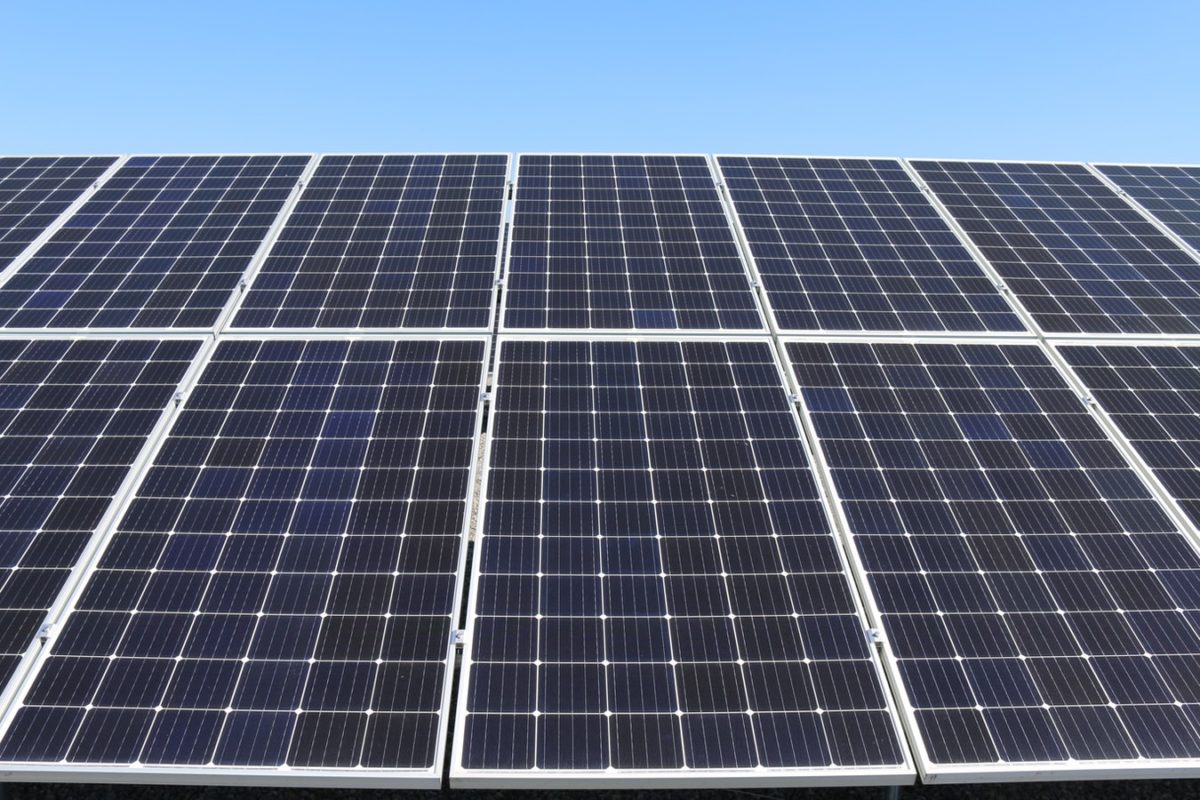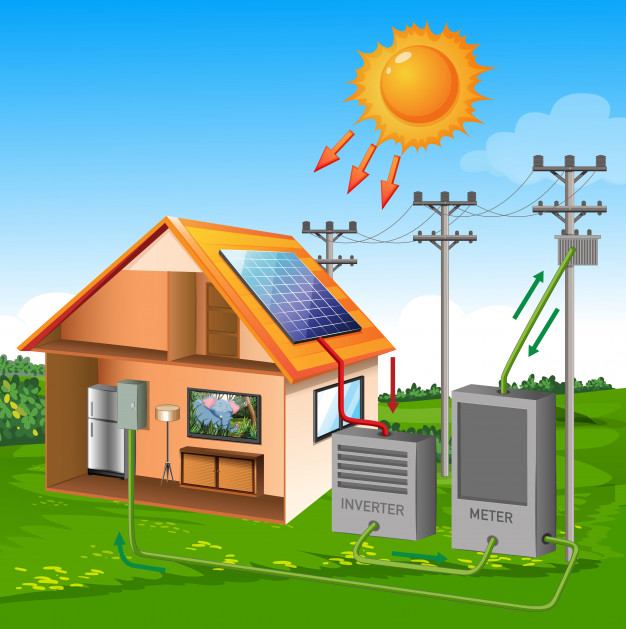How do solar panels work? – An explanation
Solar panels allow us to harness the limitless supply of solar energy from the sun and converts it into a useable electrical current for use in your home or business. It allows us to save money and is completely renewable. Solar power, when correctly converter via a solar panel and inverter, can run any electrical appliance in place of or in combination with more expensive grid power. Across the globe, households and businesses are turning to solar energy to generate clean power and reduce their electricity bills.
What makes a solar panel produce electricity?
Solar panels rely upon a phenomenon called the photovoltaic effect to generate solar power. The photovoltaic effect is the creation of voltage or electric current (electricity) in a material upon exposure to light. Solar cells, which collectively make up a solar panel, can be made from many different materials but are most commonly constructed from very thin silicon wafers. This wafer is specifically manufactured to harness the photovoltaic effect and capture the electricity that is produced when it is exposed to light.
After this, things get a little technical! When light hits any material it can pass on its energy to an electron within the material, ‘knocking’ the electron free of its orbit. In most materials, this ‘free’ electron will be reabsorbed by the material. However, due to the way it has been constructed, an electric field exists in a solar cell. This electric field acts to collect all the electrons knocked free and sends them through a circuit to create an electric current. This current can eventually be used to power electrical devices.
In short, solar cells make up the heart of a solar system
How does the electricity from solar panels power a house?
Each solar panel is made up of a number of solar cells that are all connected together. A complete solar array for a typical house usually contains multiple panels that will also be connected together. The total power of a system is the sum of the power produced by all the panels together. This is usually stated in watts or kilowatts.

The panels are then connected to an inverter, which changes the DC electricity generated by the panels into AC electricity required to power your home or business, or be fed back to the network. A diagram of this process can be seen at the top of this post.
What are the best solar panels to buy?
Once panels are installed on your roof, the output of the solar cells will slowly degrade over time. Unfortunately, this can also be accelerated by harsh and extreme Australian weather conditions. Whilst most panels have a 10 year workmanship warranty and a 25 year performance warranty, there are other considerations to be made when deciding which panel brand or model to purchase – the cheapest panel is often not the best value in the long run!
Here are the three things you should consider when purchasing a solar panel:
- The quality of the solar cells used in the panel (in particular how quickly the cells are likely to degrade over time)
- The manufacturing integrity of the panel (how well the panel is sealed and if the materials used will be able to withstand 25 years on your roof)
- The likelihood of the company being around for the next 25 years to honour any warranty claims
A company that manufactures their own solar cells and also assembles the solar panels is called a ‘vertically integrated company’. This is another important factor to consider as panel manufacturers that purchase solar cells externally have no influence over quality control. Because of this, the solar cells are much more likely to be inferior and so degrade more quickly over time.


